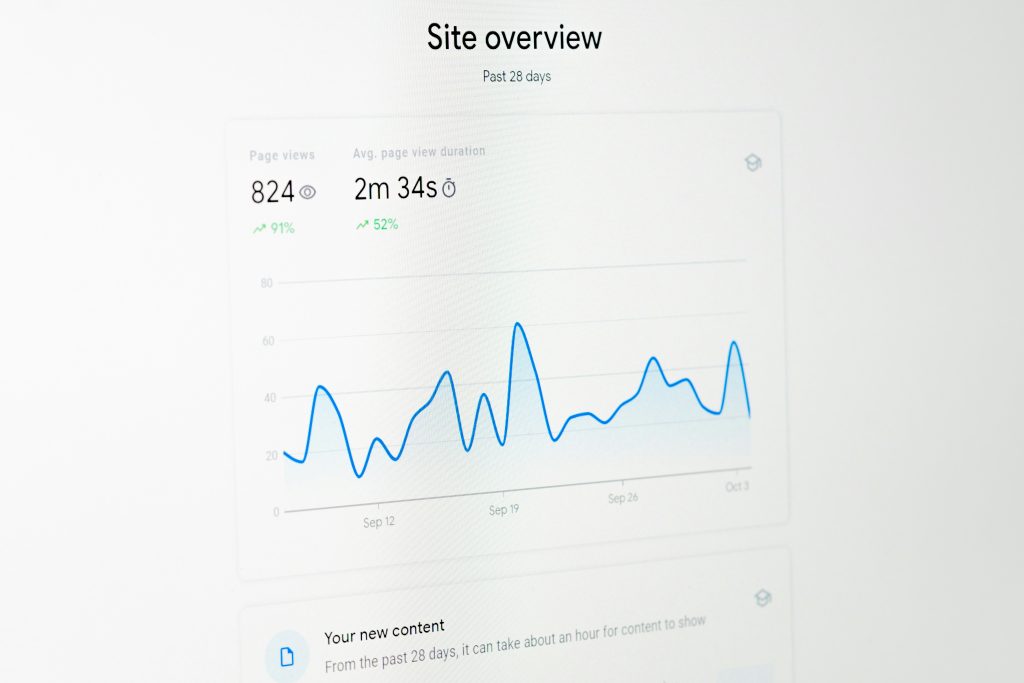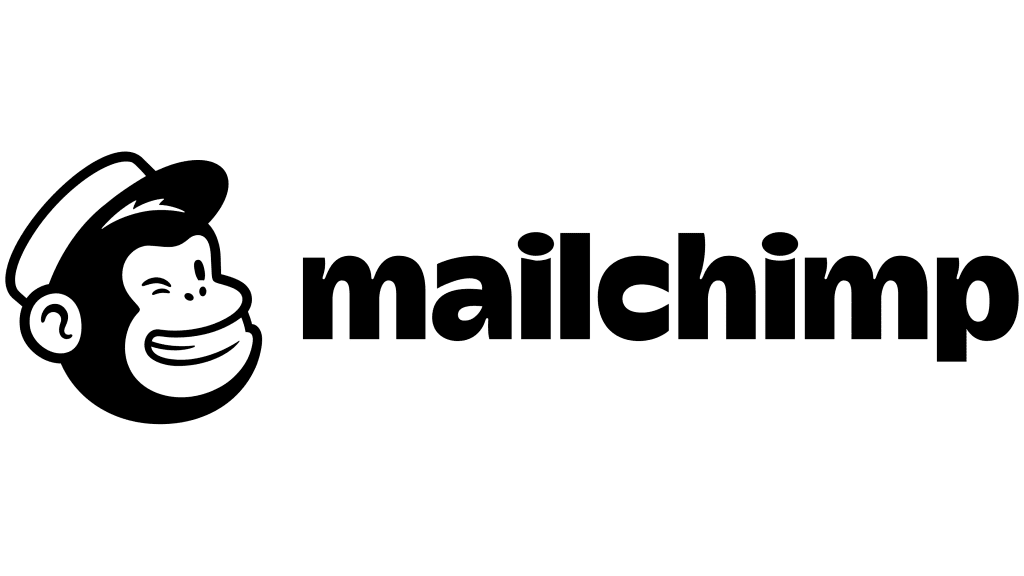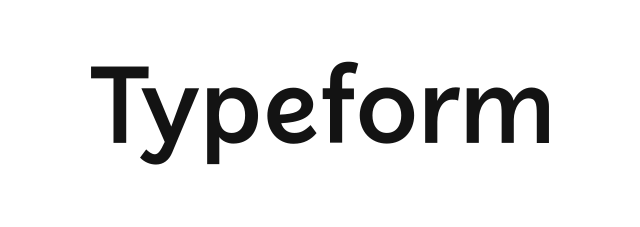Lead Generation: Discover How to Capture Quality Leads in This Guide (+12 Effective Strategies)

If you have an online business, you’ve probably heard a thousand times that you need to “generate leads.” But what does this really mean? And most importantly, how can you get people interested in your product or service to voluntarily give you their information?
At Magnetic, we’ve spent years helping businesses of all sizes build lead generation systems that work. We’ve seen what really brings in business, what doesn’t, and what can make the difference between a mediocre campaign and one that multiplies results.
In this guide, we’re going to share everything you need to know to start generating quality leads today.
What Is a Lead?
Let’s start at the beginning. A lead is a person who has shown interest in your business by leaving you their contact information such as name, email, phone number, or any information that allows you to communicate with them.
Think of it like when you meet someone at a networking event and they give you their business card. That person is giving you permission to contact them because they found value in what you do.
Now imagine we take the action of “giving a contact card” to filling out a form on a landing page. The principle is the same.
At Magnetic, we understand that generating leads is just the first step. That’s why we design complete strategies that not only capture contacts but accompany them throughout the entire journey to conversion.
How Do We Differentiate a Qualified Lead?
Not all leads are equal. You can have a database with thousands of contacts, but if none are really interested in buying, that list is worthless.
A qualified lead is one that meets two fundamental criteria:
- They fit your ideal customer profile
- They’re at the right moment in the buying process
It’s the perfect combination between “can buy” and “wants to buy.”
There are different types of leads according to their level of qualification:
- Cold lead: has shown very basic interest, perhaps downloaded generic content or subscribed to your blog. They know your brand but are far from making a purchase decision.
- Warm lead: has interacted more with your content, visited several pages of your website, opened your emails, or downloaded more specific resources. They’re starting to consider you as an option.
- Hot lead: is very close to buying. They’ve requested detailed information about your services, asked for a quote, or shown clear signs of purchase intent.
But beyond temperature, you need to evaluate whether the lead fits your business. You might have someone very interested in buying, but if they don’t have budget, aren’t the decision-maker, or your product doesn’t solve their real problem, you’ll be wasting time.
To differentiate a qualified lead, ask yourself these questions: Do they belong to the sector or industry I work in? Do they have the right company size? Are they the person who makes decisions? Do they have budget? Do they really need what I offer?
The Lead Generation Process

Generating leads isn’t a matter of luck, but rather a strategic process that follows clear logic and that you can replicate again and again.
The first step is attracting qualified traffic to your digital channels, and this is where strategies like SEO, social media advertising, content marketing, or email marketing come into play.
The key is appearing where your ideal customer is looking for solutions.
Once you’ve attracted visitors to your website or social media, the critical moment arrives: conversion.
You need to give them a compelling reason to leave you their information. This is achieved through what we call “lead magnets”: ebooks, webinars, free trials, exclusive discounts, calculators, checklists… any valuable resource that solves a specific problem for your audience.
The third essential component is the landing page.
This page must be designed with a single objective: getting that contact. No navigation menus, external links, or distractions—just a contact form that’s easy to fill out without overwhelming required fields.
Tips for Measuring Lead Campaign Effectiveness

Measurement is key to any business strategy, so we have a couple of tips so you can track your lead campaigns before you even consider implementing these strategies:
- Start with cost per lead (CPL): knowing how much you pay for each contact is key to knowing if your investment makes sense. If you spend more than you earn, you’re in trouble.
2. Then look at conversion rate: how many visitors become leads. 2% to 5% is typical, but it depends on traffic and sector.
3. However, don’t be fooled by pretty numbers: a low CPL and high conversion don’t help if the leads aren’t quality. You must measure how many actually fit your ideal customer.
4. The definitive metric is ROI: how much you earn versus what you invested. If you put in €1,000 and recover €5,000, you have a 400% ROI!
Also analyze conversion time (how long it takes a lead to become a customer) and traffic source (which channel brings you better contacts).
And don’t forget engagement: if your leads don’t open your emails or interact, something’s wrong.
At Magnetic, we believe in deciding with data, not hunches. That’s why we use personalized dashboards that show all this in real-time to optimize each campaign.
Lead Generator: The Best Tools for Generating Leads
Today there’s a huge ecosystem of tools designed specifically to help you capture and manage leads efficiently. Choosing the right ones can multiply your results.
HubSpot

HubSpot is probably the most complete tool on the market. It offers everything from landing page and form creation to marketing automation and integrated CRM. It’s especially useful for companies that want everything in one place. Its free version is quite powerful to get started.
Mailchimp

Mailchimp remains a favorite for email marketing and basic automation. It allows you to create forms, manage lists, and design automated email sequences. It’s intuitive and perfect for small and medium-sized businesses.
OptinMonster

OptinMonster specializes in creating high-conversion pop-ups, slide-ins, and forms. Its templates are optimized and allow you to do A/B tests to constantly improve your capture rates.
Leadpages

Leadpages is ideal if you need to create landing pages quickly without technical knowledge. It has hundreds of proven templates and a very easy-to-use visual editor.
LinkedIn Sales Navigator

LinkedIn Sales Navigator is essential if you work in B2B. It helps you identify qualified prospects, better understand your leads, and connect with the right people within target companies.
Typeform

Typeform stands out for creating interactive and pleasant-to-complete forms. The user experience is far superior to traditional forms, which increases completion rates.
Intercom

Intercom combines live chat, bots, and automated messaging. It’s excellent for capturing leads while they browse your website and answering their questions in real-time.
At Magnetic, we work with all these tools and many more. But what’s important isn’t using all of them, but choosing those that best fit your business and objectives. We help you design the perfect technology stack for your lead generation strategy, implement it correctly, and get maximum performance from it.
12 Effective Strategies for Generating Qualified Leads
Now comes the practical part. These are the strategies that work best for capturing quality leads, proven again and again across all types of sectors and businesses.
1. Content Marketing: Become the Reference in Your Sector
Content is king, but not just any content. You need to create articles, guides, videos, or podcasts that really solve specific problems for your audience. When someone searches Google for “how to reduce costs in digital advertising” and finds your 3,000-word article with practical examples, proven strategies, and real cases, you don’t just gain visibility: you gain credibility.
The trick is creating content so valuable that people naturally want to subscribe to receive more.
It’s not about writing for the sake of writing, but about demonstrating your expertise. Each article is an opportunity to position yourself as an expert and to include strategic calls-to-action that convert readers into leads.
2. Irresistible Lead Magnets: Offer Value in Exchange for Data
A lead magnet is that free resource so valuable that your audience is willing to leave you their information to get it. It can be an ebook, a template, a checklist, a webinar, a free trial, a personalized diagnosis, or anything that solves a concrete problem.
The key is specificity. “Marketing ebook” is generic and unattractive. “Step-by-step template to create your content strategy in 30 days” is much more tempting because it promises a specific result.
Your lead magnet must meet three requirements:
- Be relevant to your audience
- Solve a real and immediate problem
- Demonstrate your expertise without revealing all your knowledge
It’s like giving a free sample at a supermarket: good enough that they want to buy the complete product.
3. Optimized Landing Pages: The Art of Conversion
An effective landing page is minimalist, focused, and persuasive—meaning it doesn’t need complicated designs, it needs clarity. The visitor must understand in 5 seconds what you’re offering them, why it interests them, and what they must do to get it.
Essential elements are: a powerful headline that communicates the main benefit, a clear description of what you’re offering, bullets with concrete benefits, trust elements like testimonials or client logos, a simple form, and a prominent call-to-action.
Eliminate all distractions. No navigation menus, blog links, or corporate information. Everything that doesn’t directly contribute to conversion is excess. The objective is singular: get that contact.
4. SEO: Appear When They Search for You
If your ideal customer is searching Google for “marketing agency Barcelona” or “how to improve my digital strategy” and you don’t appear, you’re losing opportunities. SEO (search engine optimization) allows you to capture leads at the exact moment they’re looking for solutions.
Organic traffic has a huge advantage: it’s free and constant once you’ve achieved positioning. While in advertising you pay per click, SEO brings you qualified visits without additional cost month after month.
To generate leads through SEO you need to identify the keywords your audience uses, create content optimized for those searches, work on your domain authority through quality links, and ensure your website is technically perfect.
5. Social Media Advertising: Precise Segmentation
Facebook, Instagram, LinkedIn, TikTok… each platform offers incredibly precise segmentation options. You can show your ads exactly to people who are most likely to be interested in your offer.
What’s interesting about social media advertising for lead generation is that you can use native forms. The user doesn’t need to leave the platform to leave you their information, which dramatically increases conversions. LinkedIn Lead Gen Forms or Facebook Lead Ads are especially effective.
The key is creating ads that don’t look like ads. Valuable content, real stories, practical demonstrations. And always with an irresistible offer that justifies leaving information.
Start with small budgets, test different audiences and creatives, and scale what works. Social media advertising allows you to iterate quickly and optimize on the fly.
At Magnetic, we manage paid social campaigns for our clients, combining creativity with data analysis to maximize every euro invested.
6. Email Marketing: Build Lasting Relationships
Email remains one of the channels with the best ROI for lead generation and nurturing. For every euro invested in email marketing, the average return is 42 euros. You have direct access to your contacts’ inboxes, without algorithms filtering your content.
To capture leads through email, you can use forms on your website, strategic pop-ups, or lead magnets. Once you have them on your list, the magic happens with automated welcome and nurturing sequences.
A good welcome sequence delivers the promised resource, introduces your brand, shares valuable content, and subtly guides the lead toward conversion. All automated, working for you while you sleep.
7. Webinars and Online Events: Demonstrate Your Expertise Live
Webinars are extremely effective formats for generating qualified leads. Think about it: someone who registers for a one-hour webinar is demonstrating a very high level of interest. It’s not the same as downloading a PDF as committing to be live at a specific time.
During the webinar, you have the opportunity to demonstrate your knowledge, resolve doubts in real-time, humanize your brand, and generate trust. It’s the format that best simulates face-to-face consulting in the digital environment.
The key is choosing a specific and relevant topic, promoting it properly, offering truly valuable content (not a 60-minute advertisement), and ending with a clear call-to-action for attendees.
The webinar recording also becomes a valuable asset you can use as a lead magnet or content for your website. One well-done webinar generates leads for months.
8. Chatbots and Live Chat: Immediate Responses
More and more users expect immediate responses. A well-configured chatbot on your website can automatically qualify leads, answer frequently asked questions, and capture contact information conversationally.
The advantage of chat is that it reduces friction. It’s easier and faster to write a few lines in a chat than fill out a form. And the conversation format feels more natural and less intrusive.
You can program the chatbot to appear at strategic moments: when someone has spent more than X seconds on a service page, when they’re about to leave the site, or when they visit key pages indicating high interest.
Combine automation with human intervention. The bot can do initial qualification and, if it detects a hot lead, transfer the conversation to a real person on your team.
9. Partnerships and Collaborations: Expand Your Reach
You don’t have to do everything alone. Look for collaborations with complementary companies that target the same audience but aren’t direct competition. These can be joint webinars, co-created content, or cross-promotions.
Imagine you have a marketing agency and collaborate with a web development company. You can create together an ebook on “How to Launch a Successful Online Business” that covers both web design and marketing strategy. Both promote it to their audiences and both capture qualified leads.
Referral programs are also powerful. Offer incentives to your current clients for recommending your services. A satisfied customer can become your best salesperson.
Collaborations give you access to new audiences that already trust your partner, which significantly increases the quality of leads you capture.
10. Retargeting: Recover Lost Visitors
Most people don’t become leads on their first visit to your website. They need several touchpoints before making a decision. Retargeting allows you to re-impact those people who already showed interest.
You can create custom audiences based on behavior: visitors to specific pages, people who watched a video, users who abandoned a form without completing it. And show them specific ads adapted to their level of interest.
For example, if someone visited your SEO services page but didn’t convert, you can show them ads offering a free SEO audit. It’s much more relevant and effective than showing generic messages.
Retargeting has significantly higher conversion rates than cold advertising because you’re targeting people who already know your brand. It’s the way to stay present until they’re ready to take the next step.
11. Downloadable Content: Practical Resources That Solve Problems
Downloadable resources remain extremely effective for capturing leads. We’re talking about templates, checklists, step-by-step guides, calculators, case studies, complete infographics… any material that can be downloaded and used immediately.
The advantage over other lead magnets is that they’re tangible and actionable. A social media editorial calendar template can start being used today. An SEO audit checklist allows the user to evaluate their own website in minutes.
To maximize conversions, design these resources professionally. A poorly laid out PDF or confusing template generates the opposite effect: they damage your credibility. Invest in making these materials reflect the quality of your services.
Promote them strategically on your website, blog, social media, and email campaigns. A good downloadable resource can capture leads for years with minimal additional effort.
12. Free Trials and Demos: Let Them Experience Your Value
If you offer a product or service that can be tested, this is one of the most powerful strategies. A free trial or personalized demo converts much better than any description because it eliminates perceived risk.
The user can experience for themselves the value of your offer before committing financially. And you get not just a lead, but a lead who’s already using your solution and seeing results.
During the trial period, maintain proactive communication. Offer tutorials, share best practices, ask if they need help. Your goal is for them to reach the end of the period having experienced enough value that they don’t want to give up your service.
At Magnetic, we don’t just understand these strategies theoretically—we execute them daily for our clients in Calella, Barcelona, and throughout Spain. We design complete systems for generating leads that combine multiple channels and tactics, specifically adapted to the needs and objectives of each business.
